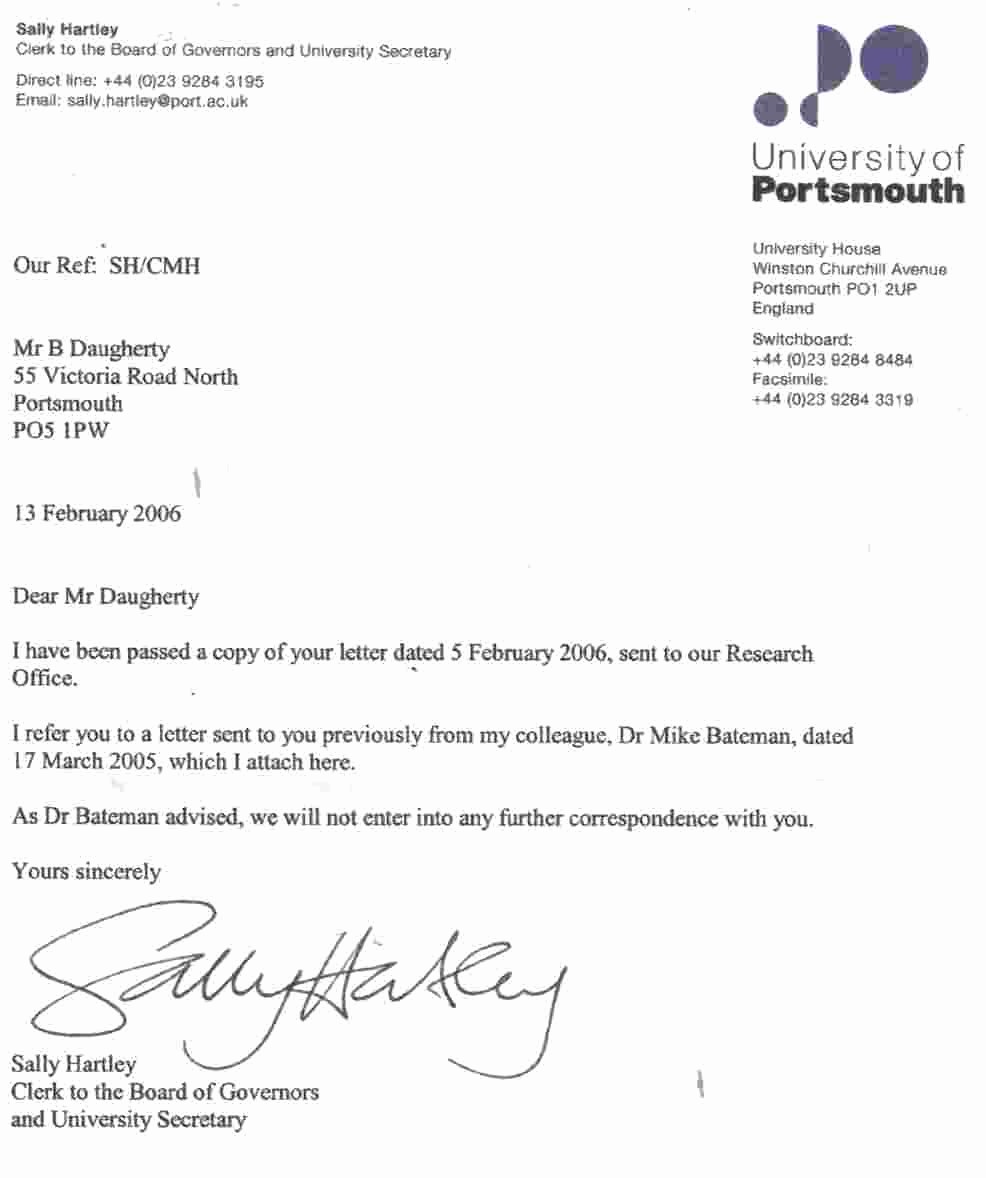

A charity’s Responsible People must decide on what is appropriate, keeping in mind the charity’s overall objectives, as well as the size of the profit and potential future expenses. There is no set limit on how much money a charity can keep in reserve.A charity may put aside a reserve to pay for planned future capital expenditures (such as a non-government school planning to build a new campus, or a disability service planning to purchase a mini bus to transport beneficiaries).These contingency or ‘rainy day’ funds may be needed in cases such as a sudden loss of funding or a humanitarian disaster that requires a quick response.

Having a reasonable amount of funds in reserve can protect a charity in the event of unfavourable or unexpected circumstances.It is good practice for a charity to have a reasonable amount of funds in reserve. donating funds to another charity with a similar charitable purpose.įact: A charity can keep money in reserve.There are several ways a surplus can be used depending on the charity’s purposes and any relevant requirements in its governing document or the law.For example, a charity may experience a deficit in order to deliver immediate relief during a disaster. A planned deficit, as part of responsible financial management and a charity's overall operations, may in fact be a positive. There may also be times when a charity experiences a deficit.Based on data on Australian charities, charities are more likely to have a surplus than a deficit.A surplus is important for a charity's financial viability, and can help account for future expenses - both expected and unexpected.Generating a surplus is generally considered good practice for charities. See our guidance about charities and administration costs.įact: A charity can make a surplus (profit)Ī charity can make a surplus, providing it is used to further its charitable purposes. In the absence of any such standards or guidelines, information about administration costs is not comparable and can sometimes be misleading. In Australia, there are no standards or clear definitions to guide which of a charity’s costs should be classified as ‘service related’ and which should be classified as ‘administration’.When trying to understand a charity’s effectiveness, it is better to pay attention to other factors of not-for-profit performance: transparency, governance, leadership, and impact.Sometimes there is a perception that it is better if a charity gives all, or most, of its revenue to its beneficiaries. Administration costs can be a mark of effectiveness – for example, a charity that incurs administration costs when training its staff and evaluating its programs may be more efficient and effective than a charity that does not.For example, a health charity operating in a remote area, employing a range of medical professionals and offering services such as dialysis, will have administration costs far greater than a charity based in the centre of Perth that raises funds for a local childcare centre. All these differences affect how much money a charity spends on administration. The Australian Charities Report provides evidence of the diversity, variability, geographic spread, and complexity in the sector.High administration costs alone do not indicate that a charity is poorly run.It is up to the charity’s Responsible People to decide how much money should be spent on administration, as long as they ensure the charity is complying with the ACNC Governance Standards, and the charity’s financial affairs are managed in a responsible manner.The cost of renting an office, supplying it with electricity, purchasing and maintaining an IT system, and the salaries of the CEO and office staff who do not provide services directly to clients, are all administration costs. Generally, a charity's administration are those incurred to allow the charity to operate.Running a professional, sustainable and effective charity costs money, and this includes spending money on administration. Fact: A charity can spend money on administrationĬharities are justified in incurring administration costs.


 0 kommentar(er)
0 kommentar(er)
